A Lighthouse Keeper’s Duties
What exactly did a lightkeeper do and what was life at a lighthouse really like?
When the last Commissioner’s of Irish Lights lighthouse converted to automatic operation in 2012, the very last lightkeepers were withdrawn from service too. But what exactly did the lightkeeper do and what was life at a lighthouse really like?
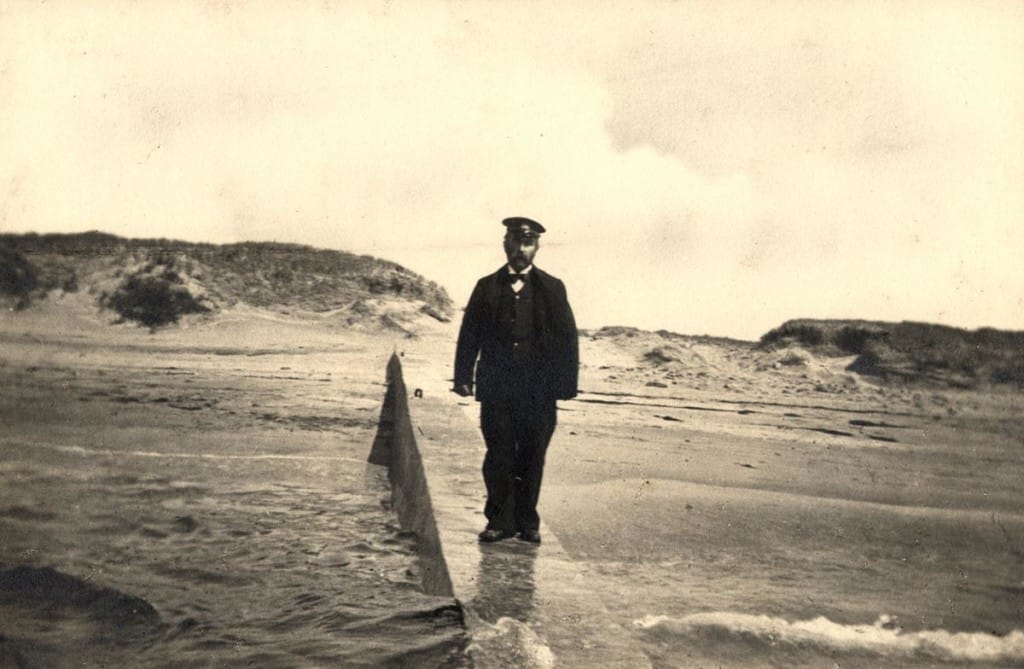
Daily Duties
The duty of a lighthouse keeper was primarily to watch the light; or to ‘keep a good light’ as the rules and regulations stated. Back in the days of paraffin-vapour lamps that meant keeping watch in the lantern of the lighthouse, tending the light to make sure it burned as brightly and cleanly as possible, and winding the rotation mechanism to make the light flash correctly, in accordance with its own unique character. A light’s character was the pattern of flashes it displayed, no two lighthouse characters are the same.
Between the 1930s and the 1970s electric lamps were gradually phased in, but these still remained under the keepers’ watch to make sure they operated correctly. Unlike pre-electrification though, watch could be kept in the mess room or kitchen of the lighthouse cottage, where an electric indicator showed that the light was functioning correctly.
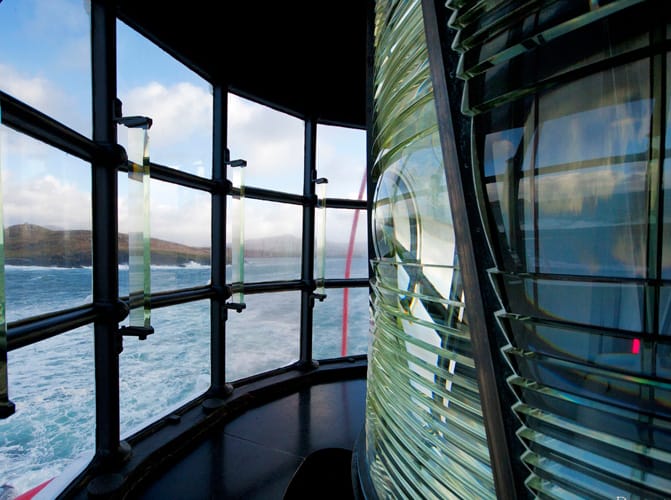
At offshore lighthouses and headland lighthouses, the three keepers on duty kept four-hour watches in turn. These watches were from 0200 to 0600, 0600 to 1000, 1000 to 1400, 1400 to 1800, 1800 to 2200, and 2200 to 0200 hours. This meant the same keeper kept the 2am to 6am watch and the 2pm to 6pm watch. However, the watches were changed every Sunday to make sure one keeper wasn’t on the same watch indefinitely.
Fog Watch
During daylight watch the keeper on duty looked out for fog, this was because during fog patches the watches were doubled, with one keeper operating the fog signal while the other tended the light. Each keeper in turn spent the first four hours operating the fog signal and the next four hours tending the light.
During periods of prolonged fog each keeper worked a 16-hour day – and night!
The fog signal could be either an explosive, where the keeper on watch had to detonate an explosive charge at a set interval, or a diaphone signal – a siren activated by compressed air.
At lighthouses with a diaphone fog signal, the keeper had to attend to a large diesel engine which made the compressed air that was then stored in a tank. As the compressed air was continuously being used up by the diaphone, the compressor engine had to run continuously to produce more. The compressor engines were so large it took two men to start them, and when running, they had to be constantly attended to and lubricated to ensure they ran correctly.
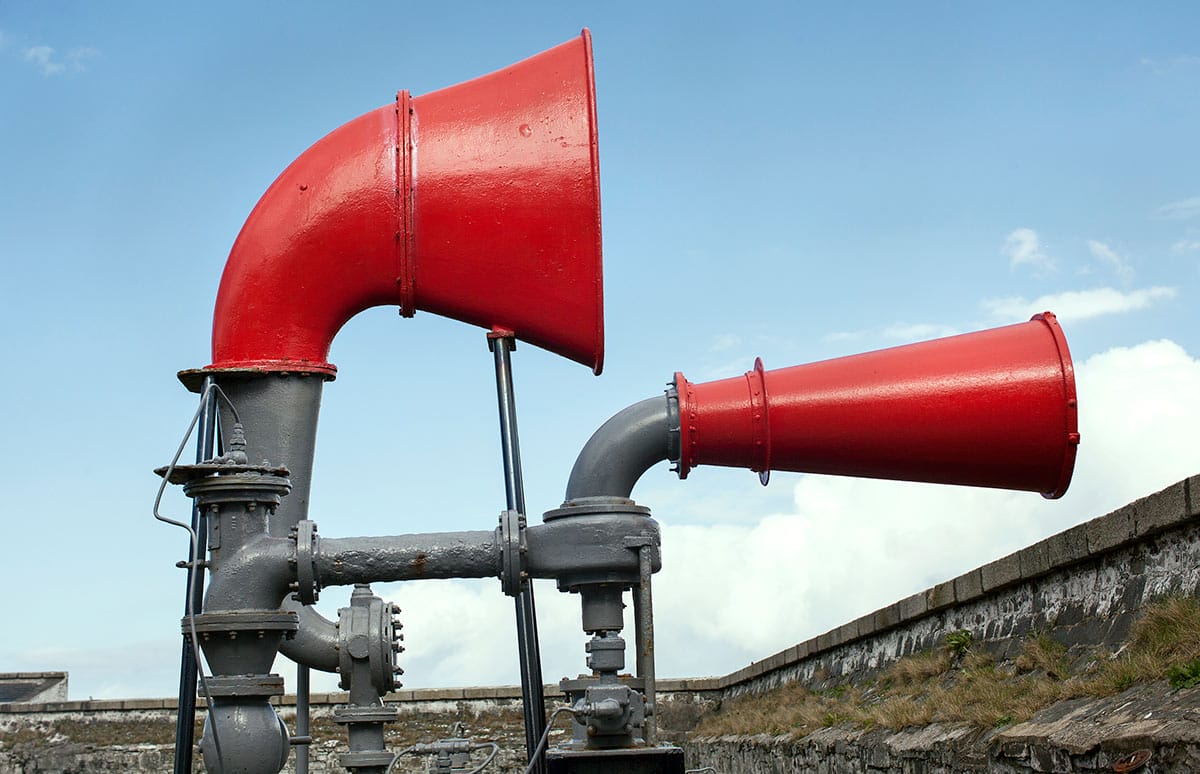
House Keeping
In addition to keeping watch and attending to the Aids to Navigation, the keepers carried out routine cleaning, polishing, maintenance work, and general house-keeping duties every day except Sunday. Keeping things shipshape was top priority!
These tasks included cleaning the lighting apparatus, polishing the optic and lantern glass, checking and servicing the engines, painting, keeping the boat-landings and steps free of seaweed, not to mention keeping the living quarters clean.
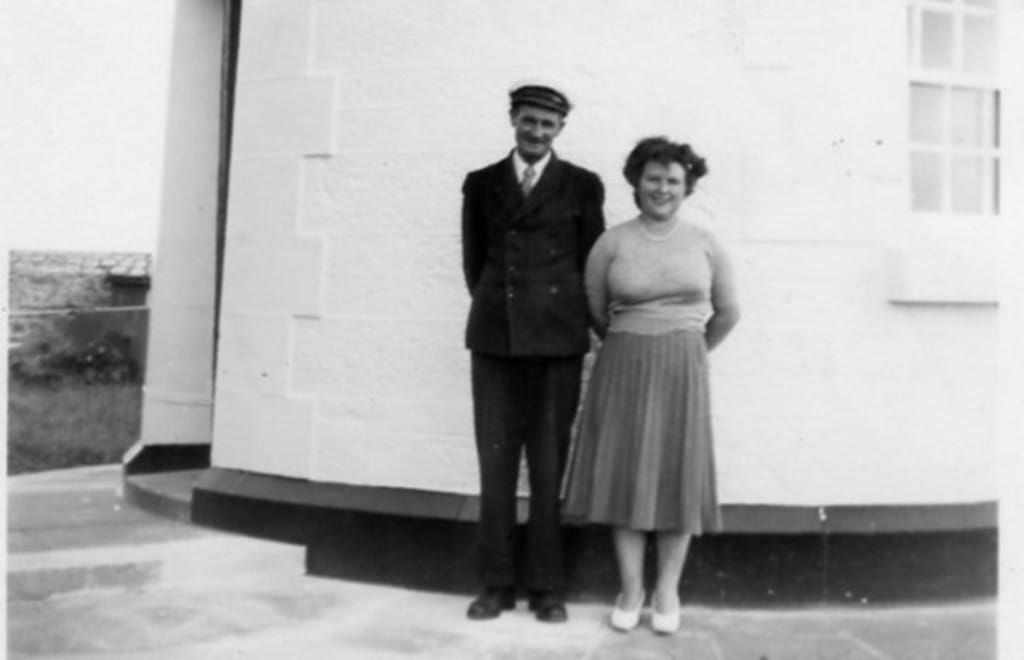
Keepers would even get calls from fishermen’s wives asking for updates on their husbands’ whereabouts at sea.
While the keepers’ priority was the light and other Aids to Navigation, they also kept an eye on the water and on vessels that passed their way. Keepers would even get calls from fishermen’s wives asking for updates on their husbands’ whereabouts at sea.
Duty Periods
At most offshore lighthouses reliefs were carried out every two weeks, weather permitting. Each keeper in turn was relieved (replaced) by another keeper, so each individual keeper was on duty for six weeks, followed by two weeks off. However, with keepers at the mercy of the weather, when the sea was rough reliefs were often postponed for days or even weeks. When this happened for three reliefs in succession, six weeks duty quickly turned into three or four months or even longer.
When reliefs were overdue and the keeper eventually got ashore, he still had to go back when his two weeks’ liberty was up as the next keeper’s liberty was due, and the cycle would continue.
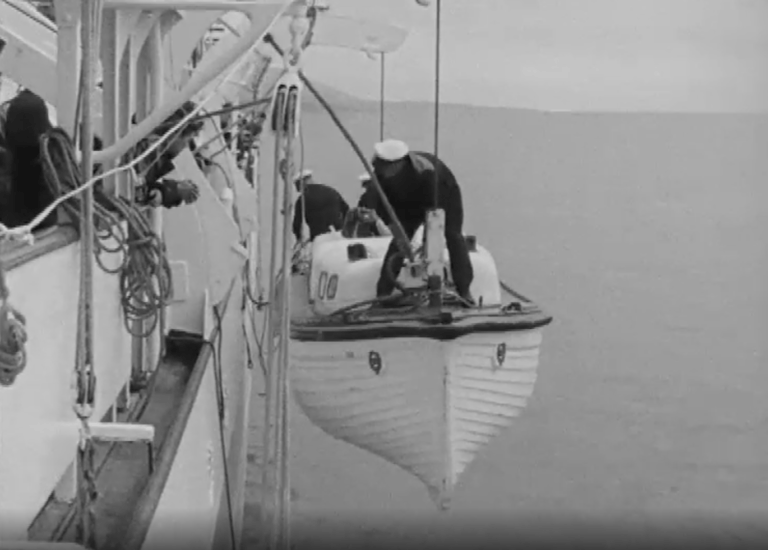
Keepers were very self-sufficient, each doing his own catering, cooking and washing up. Fresh food was brought to the lighthouse each relief day, but perishable food didn’t last long – tinned and dried foods were heavily relied on. Each keeper kept a large stock of food at the station in case the next relief was delayed.
Each keeper kept a large stock of food at the station in case the next relief was delayed.
They generally had a standing order with a local shop ashore, so each relief day the shopkeeper parcelled up the same items and gave them to the boatman to bring out to the rock. When the keeper came ashore on liberty, he would then settle his account with the local shopkeeper.
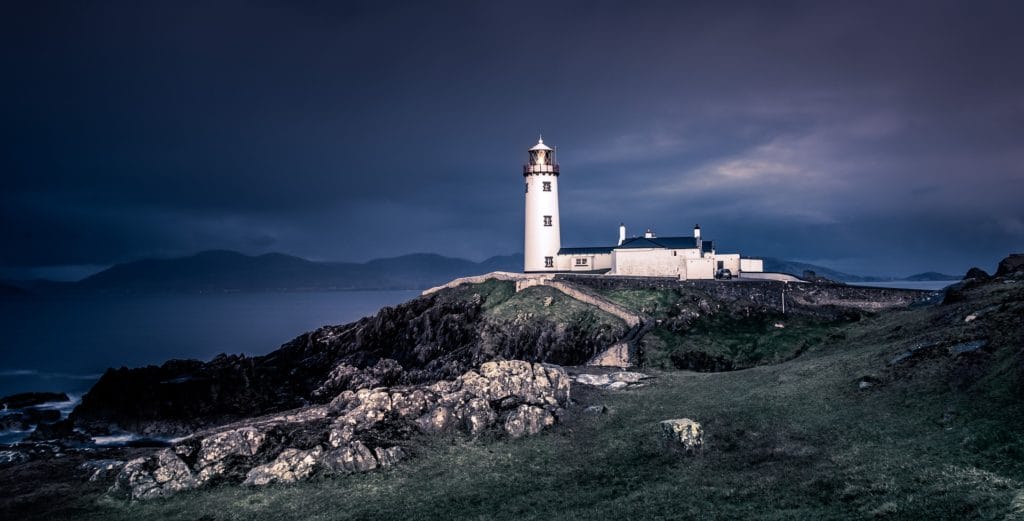
Thanks to automation, there’s no longer a need for this harsh and rugged way of life but the love and attention the keepers gave to their lighthouses is still apparent in the heritage, histories and stories that surround the Great Lighthouses of Ireland.


